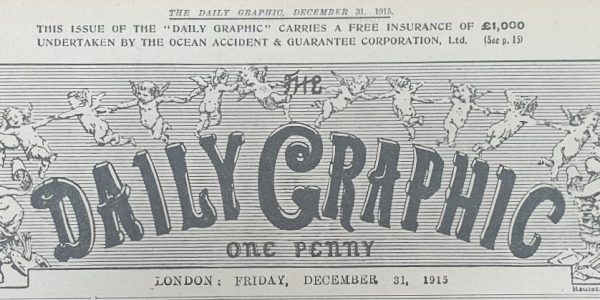Folk art carving of revolutionary Patrick Henry has been discovered in, of all places, Britain.
Interest in folk art and Patrick Henry‘s political career reached a peak in America during the campaign for Independence. Patrick Henry was an American revolutionary-era statesman, a symbol of liberty, galvaniser of public feeling, and skilful orator. Folk art was an artistic outlet for labourers, tradespeople, peasants and travellers, who usually had no formal training, but through it, they could express their individuality, national identity and optimism at the prospect of escape from tyrannical British rule.
So the discovery of a small and charming (8 inches high), carved wooden figure; its fine stylised features confirming its late 18th-century American origin, was an exciting find here in the UK by Jonathan Roberts, Culvertons’ general valuer. Patrick Henry was portrayed holding a tablet inscribed with, ‘Give Me Liberty or Give Me Death’; a passage from his famous and motivating speech delivered to the House of Burgesses, Virginia in 1775 – a typical subject matter for a piece of folk art in that transitional period in American history
Jonathan comments:
‘In my opinion, folk art, in all its different guises, can engage the viewer to a far greater extent than many other art forms. After a century or two of handling, weathering and occasionally decay you have something that cannot be replicated, is truly unique and exquisite, touched by nature, time and the creator’s spirit.’
Broadly speaking the motivation behind each piece of folk art can be split into three distinctive groups and examples of each can be found across the globe.
Folk art – for the community & home
Communities around the globe would often develop their distinctive style of folk art decoration, to enhance utilitarian and everyday objects. Wood was the primary material of choice, but cloth, paper, clay and metal, amongst others, were also incorporated within their singular designs. The whole living spaces of the community were often also decorated to promote the core values of its inhabitants. The skills required were, and in some cases still are, taught to the younger generations by way of apprenticeships or by example.
In the mid-eighteenth century, the cattle farming communities within the Hallingdal Valley in Eastern Norway developed their characteristic form of Rosemaling, (floral decoration), an art form that is still carried out in keeping with the artistic heritage of the area.
Folk art – for the sheer pleasure
Crafting beautiful unnecessary objects from natural organic materials, sometimes in the harshest of conditions, was an escape from reality for the ordinary working folk and a symbol of their identity and must have acted as a physiological break from their bondage – often created, not for financial gain, but for the pure pleasure. An artistic outlet for tradesmen was the embellishment of tools they used daily – these tactile decorated tools; primarily woodworking planes, generally emanate from countries in Northern Europe such as Norway. English examples however are very rare, which may signify the cultural, social and geographical differences between the two nations.
Folk art – for profit
Folk art that has been produced without the thought of monetary gain often has the visual and spiritual edge over its costed counterparts. However, some talented and hardworking artisans found that demand for their work was sufficient to provide themselves with an income, or at the very least, food and board as they travelled and advertised their wares, an attractive proposition for a destitute labourer, trades-person or nomadic gipsy. In time, as the outside world became aware of the decorative traditions of isolated groups, the economic if not social fortunes of the community grew through tourism and trade.
Even though Jonathan has not been able to trace another example, possibly, the carving of Patrick Henry was one of a number created by an entrepreneurial tradesman and purchased by, one of his many followers. As time passed and his fame diminished they were disposed of and forgotten; a similar scenario to the commemorative English ‘throw-away’ fairings produced in the 19th century in England or on the continent for the English market.
The whole genre of early folk art has now been re-assessed and is now highly regarded, and this artefact is both a wonderful example of Early American folk art and a reminder of key moments in American history.
Culvertons‘ knowledge, experience and advice are just a phone call away.

